All Buttah Pie DoughSpiced Honey-Oat PieWalnut TassiesThe Ultimate Mississippi Chocolate Mud Pie
Your folders
Your folders

Ingredients
Export 1 ingredients for grocery delivery
Instructions
Step 1
In a large bowl, whisk together the flour and salt. Add the cubed butter, tossing the cubes through the flour until each individual piece is well coated. ‘Cut’ the butter into the flour by pressing the pieces between your fingers, flattening the cubes into big shards. As you work, continue to toss the butter through the flour, recoating the shingled pieces.
Step 2
Continue cutting the butter into the flour just until the pieces of butter are about the size of walnut halves.
Step 3
Make a well in the center of the flour mixture. Add the amount of ice water listed in the recipe to the well, but have more on hand. Use a tossing motion with your hands to start to mix the two together (this begins to combine them without creating too much gluten). As it begins to become hydrated, you can start to use more of a kneading motion, but don’t overdo it, as this will make the dough tough. Add more water, about 1 tablespoon (14 grams) at a time, until the dough is properly hydrated. It should be uniformly combined and hold together easily, but it won’t look totally smooth. Dough that is too dry may have sort of a “dusty” appearance or pockets of un-hydrated flour. It will not hold together and will appear crumbly. Dough that is too wet will feel sticky or tacky to the touch and is often smoother and/or lighter in color.
Step 4
Form the dough into an even disk (or if you are multiplying the recipe to make multiple crusts, divide the dough appropriately). Wrap tightly in plastic wrap and refrigerate for at least 30 minutes or up to 2 days. (We suggest chilling overnight.)
Step 5
To Roll Out the Dough: Lightly dust a work surface with flour, and lightly dust a rolling pin, if desired. Roll out the dough to about ¼ inch thick, rotating it as you work to help prevent it from sticking. To transfer the dough to the pan, gently roll it up, wrapping it around the pin and then unfurl it into the pie plate.
Step 6
To Prepare the Edge for Crimping: On a single-crust pie, use scissors to trim away the excess dough, leaving about ½ inch excess all the way around the outside edge of the pie plate. Tuck this excess dough under, pressing gently to make it flush with the edge of the pie plate. On a double-crust pie, gently press the top and bottom crusts together to flatten the dough slightly and then trim the excess and tuck under as directed for a single-crust pie.
Step 7
To Par-Bake the Dough: Dock the crimped single-crust pie dough with a fork and chill well (at least 30 minutes). Cut a square of parchment paper slightly larger than the diameter of a pie plate, and press it into the base of the pie plate. Fill with pie weights to the top inner rim of the pie plate. Bake in a 425°F (220°C) oven until the edges begin to lightly brown, 15 to 17 minutes. Remove the parchment paper and pie weights, and return to the oven until the lower portion of the crust appears dry and set, 2 to 3 minutes more. Cool completely before filling.
Step 8
To Blind-Bake the Dough: Follow the instructions for par-baking, but bake until it is fully golden brown. After removing the pie weights, bake for 5 to 7 minutes. Cool completely before filling.
Top similar recipes
Curated for youYour folders
 86 views
86 viewsAll Buttah Pie Dough
bakefromscratch.com
Your folders
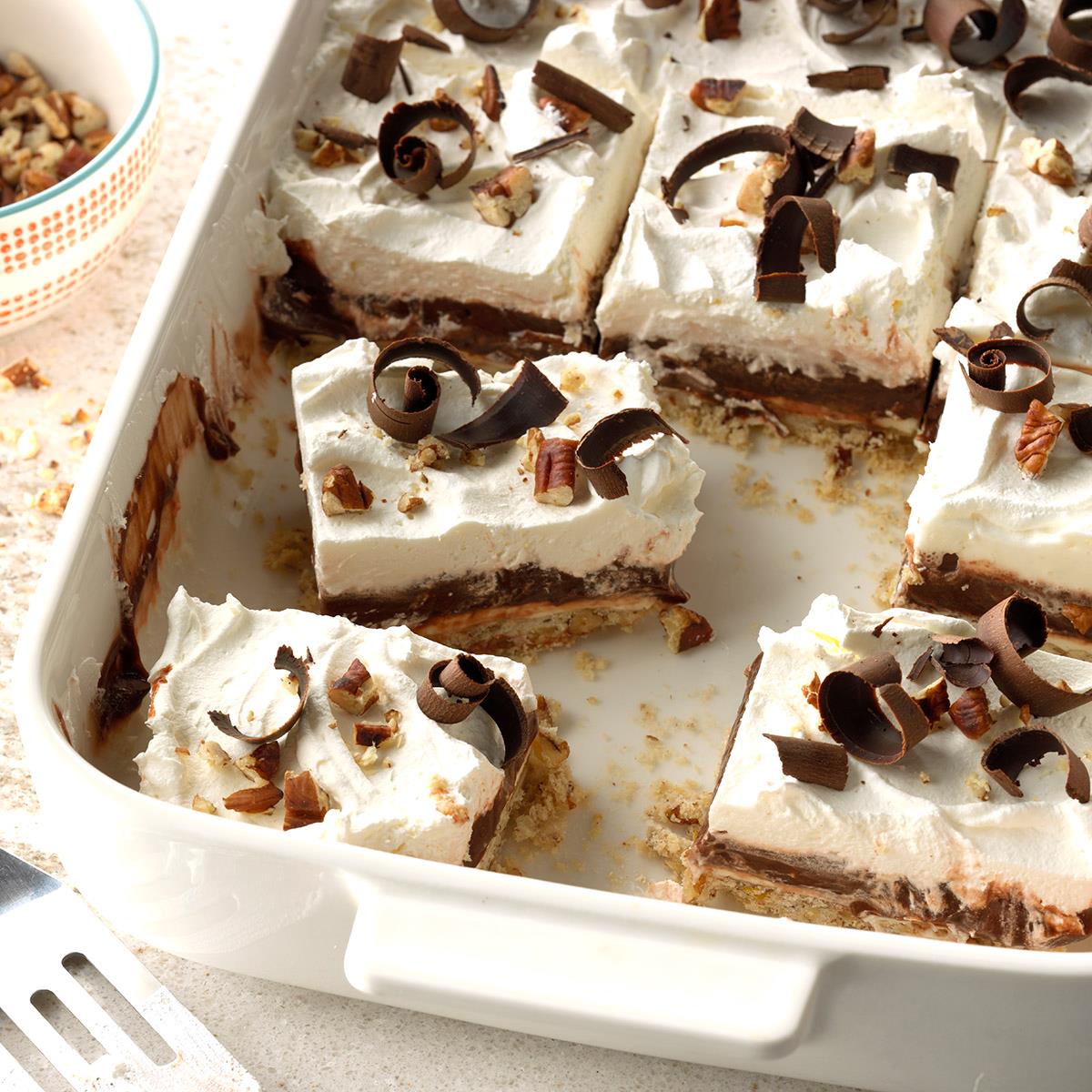
 196 views
196 viewsMississippi Mud Pie
tasteofhome.com
4.7
(11)
15 minutes
Your folders
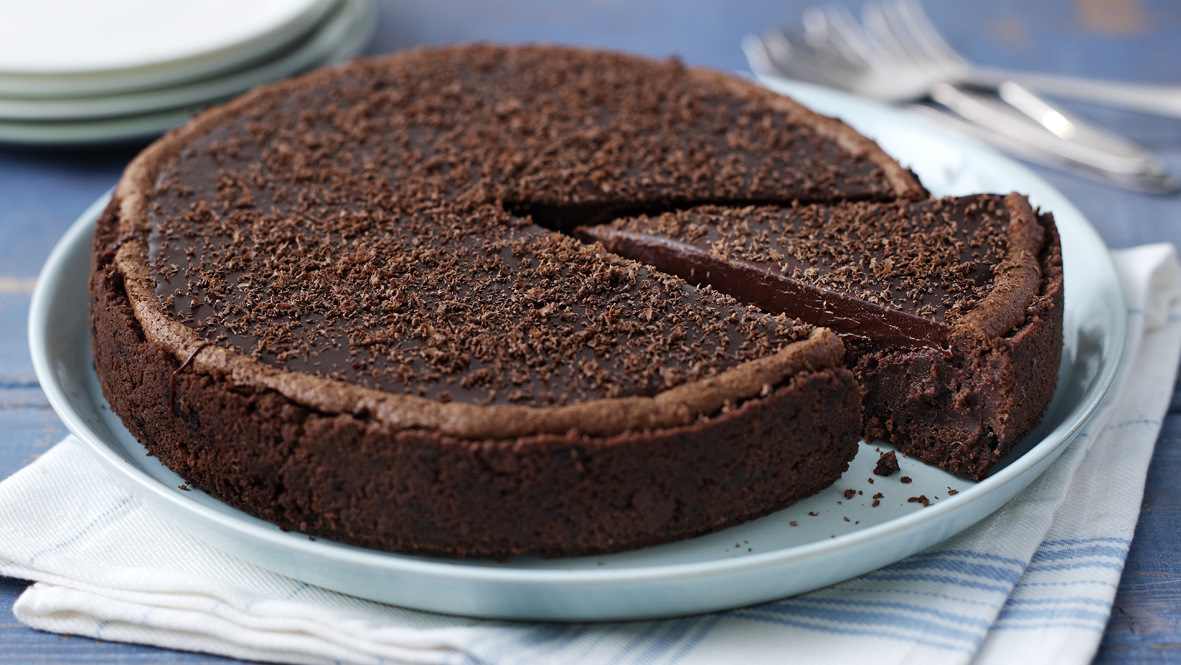
 211 views
211 viewsMississippi mud pie
bbc.co.uk
4.5
(28)
2 hours
Your folders
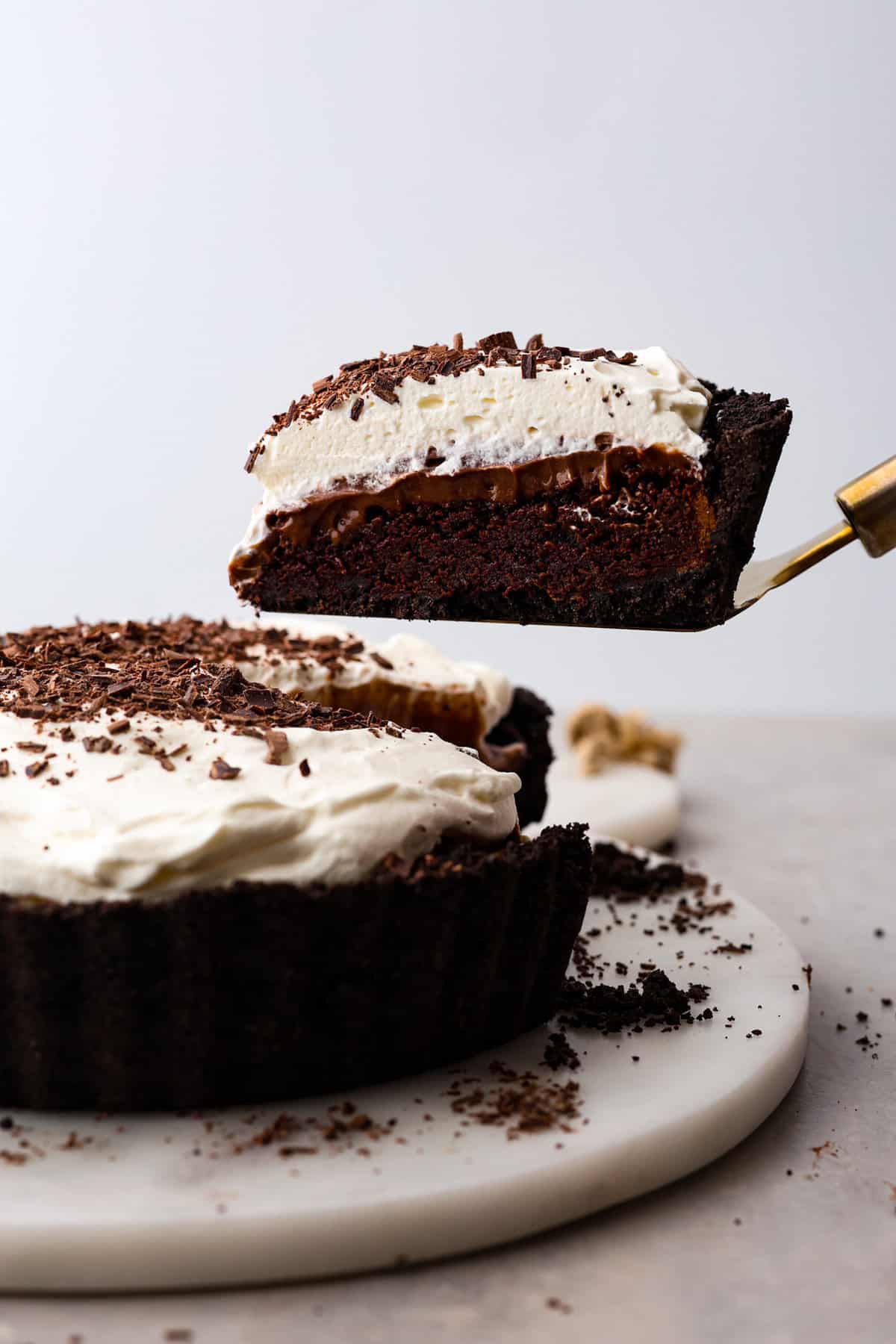
 212 views
212 viewsMississippi Mud Pie
therecipecritic.com
5.0
(2)
40 minutes
Your folders
 220 views
220 viewsMississippi Mud Pie
thepioneerwoman.com
5.0
(1)
Your folders
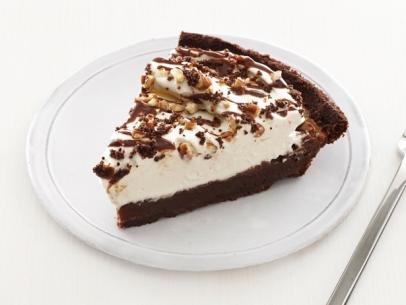
 414 views
414 viewsMississippi Mud Pie
foodnetwork.com
4.5
(10)
40 minutes
Your folders

 491 views
491 viewsMississippi Mud Pie
cookingclassy.com
1.0
(1)
Your folders

 1969 views
1969 viewsMississippi Mud Pie
cooking.nytimes.com
4.0
(588)
Your folders
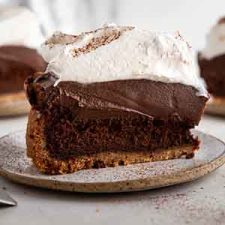
 240 views
240 viewsMississippi Mud Pie
girlversusdough.com
5.0
(1)
1 hours
Your folders

 306 views
306 viewsMississippi mud pie - Wikipedia
en.wikipedia.org
Your folders

 174 views
174 viewsMississippi Mud Pie (Easy Recipe)
insanelygoodrecipes.com
5.0
(7)
35 minutes
Your folders

 200 views
200 viewsMississippi Mud Pie Recipe by Tasty
tasty.co
4.7
(477)
Your folders

 625 views
625 viewsMud Pie
preppykitchen.com
5.0
(16)
Your folders
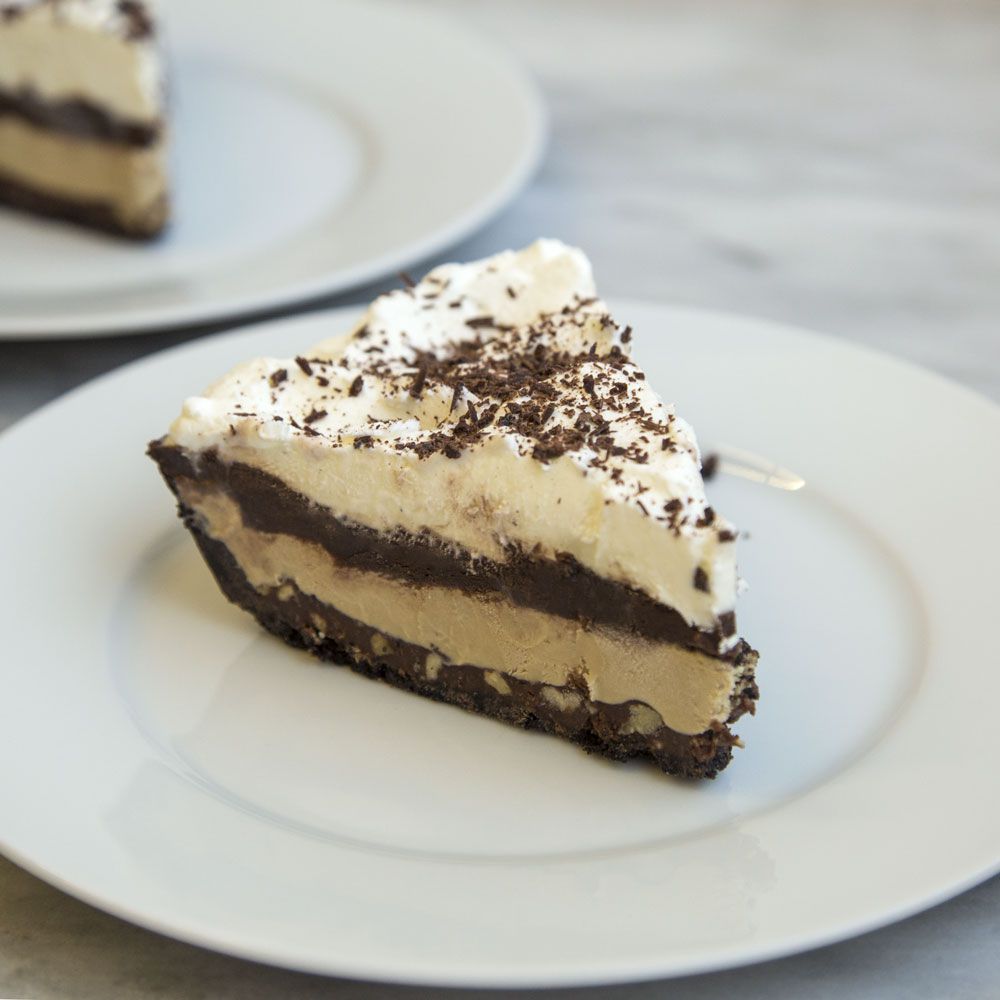
 301 views
301 viewsMud Pie
foodandwine.com
Your folders
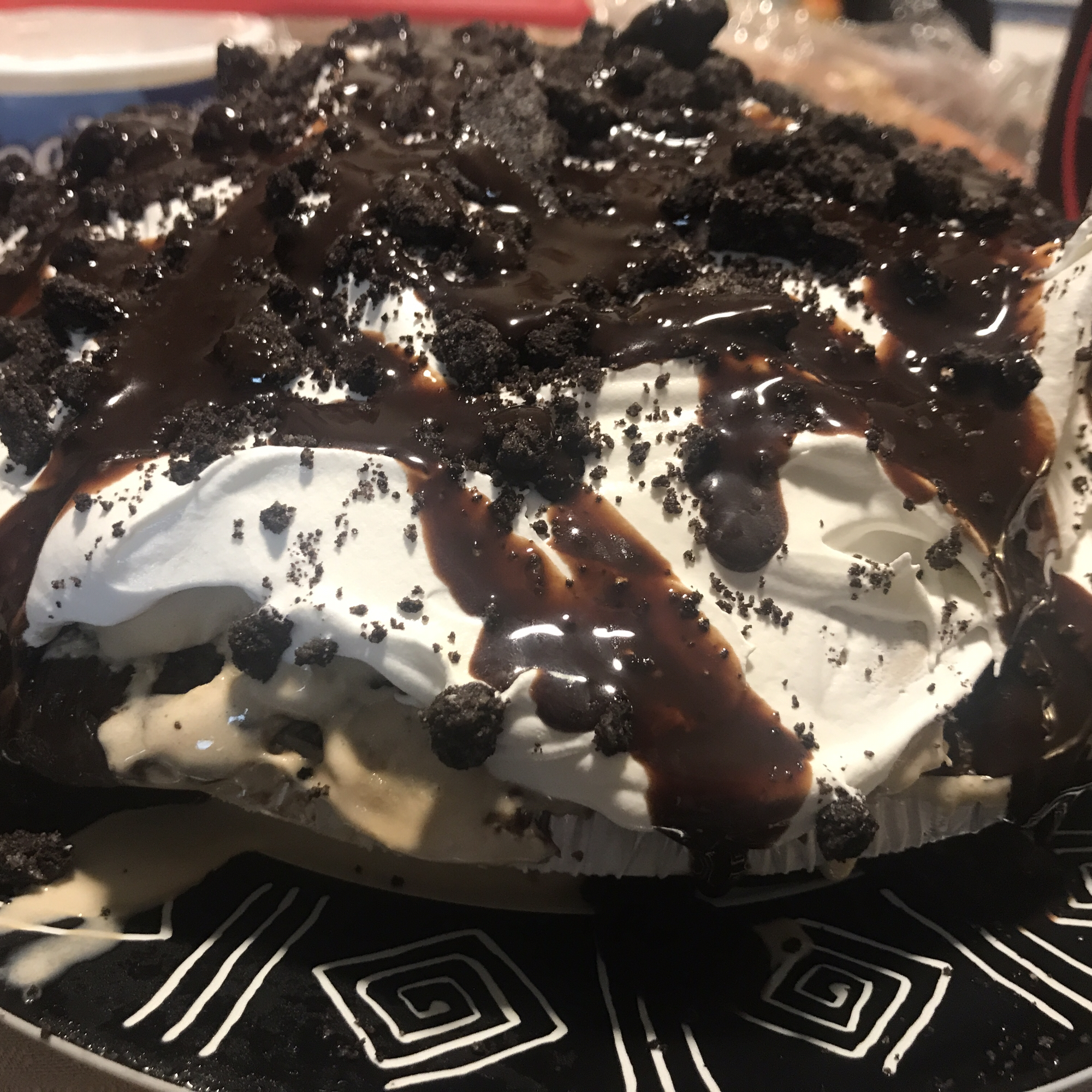
 327 views
327 viewsBest Mud Pie
allrecipes.com
4.5
(24)
5 minutes
Your folders

 301 views
301 viewsFrozen Mud Pie
tasteofhome.com
4.8
(6)
Your folders

 293 views
293 viewsMississippi Mud Brownies
mommyskitchen.net
25 minutes
Your folders
 68 views
68 viewsMississippi Mud Potatoes
thecookinchicks.com
Your folders

 167 views
167 viewsMississippi Mud Potatoes
insanelygoodrecipes.com
4.8
(18)
1 hours, 30 minutes